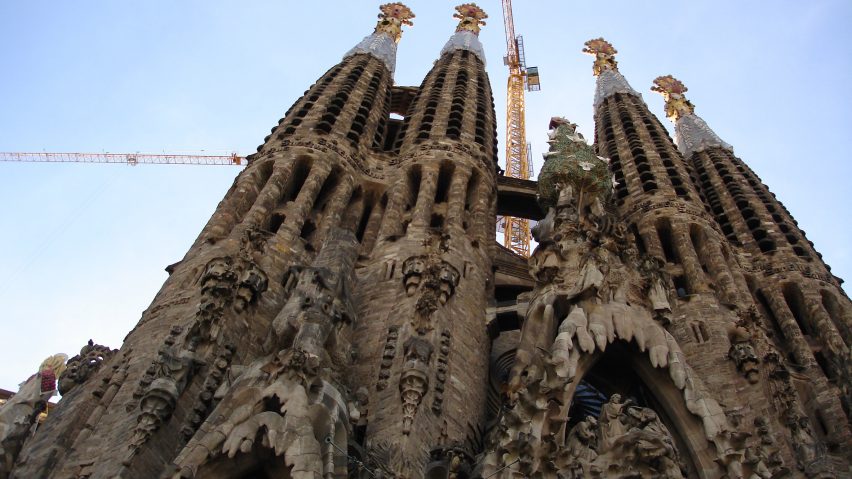The terror cell responsible for the fatal attacks in Barcelona last week had been planning to bomb the Antoni Gaudí-designed Sagrada Família, it has emerged.
One of the four surviving suspects told a judge in Madrid that the group had been planning a much larger attack than the ones on La Rambla and in Cambrils, which have killed 15 people and injured over 130.
According to local press, who spoke to court officials, Mohamed Houli Chemlal confirmed police suspicions – that the 12-strong cell had also been planning to use major explosives at the Sagrada Família, the basilica that is one of Spain's most important architectural landmarks.
However, an accidental detonation took place at the house in in Alcanar where the terrorists were storing the explosives, killing two members of the group. More than 20 butane gas canisters were reportedly found in the wreckage, along with acetone peroxide – more commonly known as TATP – which was also used in the recent attacks in Brussels and Paris.
It is believed that this explosion forced the terrorists to scale back their plans.
Additionally, security experts told the Daily Mail they believe the suspects had originally planned to use larger lorries, but had failed to secure necessary permits and had to settle for vans – which could also have caused them to abandon the basilica attack.
The Sagrada Família is the masterpiece of Spanish architect Antoni Gaudí, whose other famous works include the Park Güell and Casa Batlló.
The architect – who ranked at number 196 on Dezeen Hot List 2016 – worked on the design of Sagrada Família from 1883 up until his death in 1926. It has been under construction for over a century, but is still not yet complete.
When finished, it will feature 18 decorative towers, dedicated to religious figures including Jesus Christ and the Virgin Mary, as well as brightly coloured stained-glass windows and ornamental arched ceilings.
This video shows what the building will look like when finished, with 18 decorative towers
The building was listed as a UNESCO World Heritage Site in 1984.
The projects' annual construction budget is approximately €25 million (£23 million), some of which is covered by visitor entry fees. Any damage would likely have proved a devastating blow to the city's economy, as well as its heritage.

